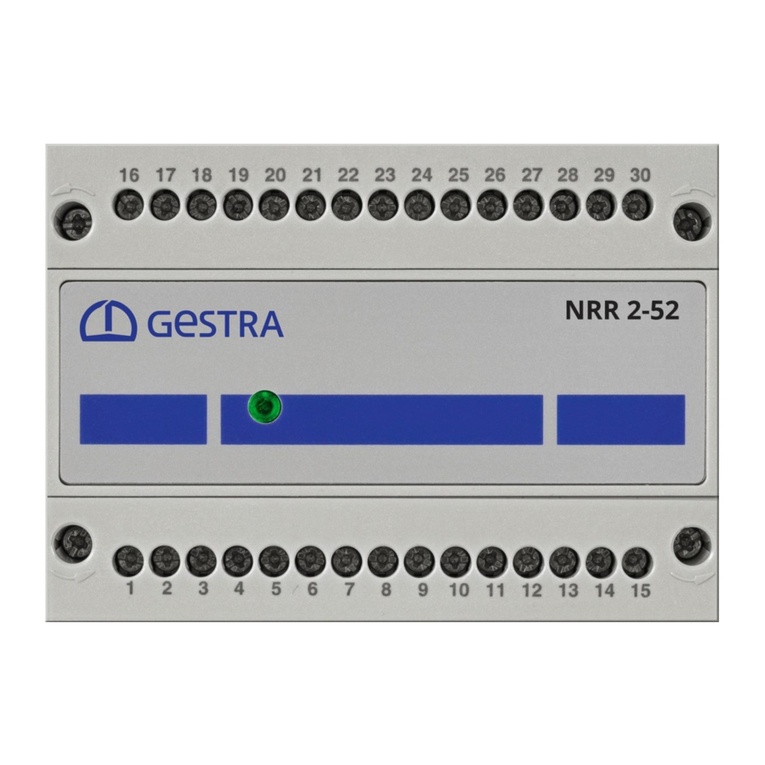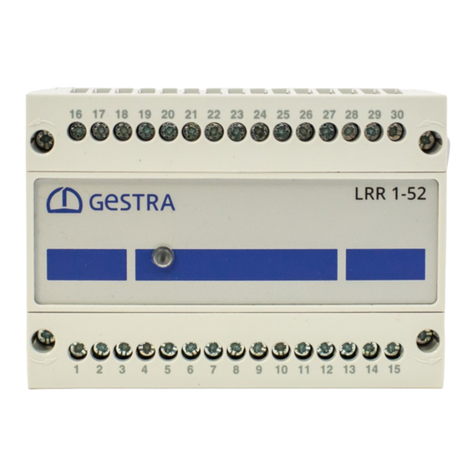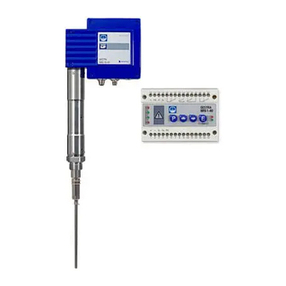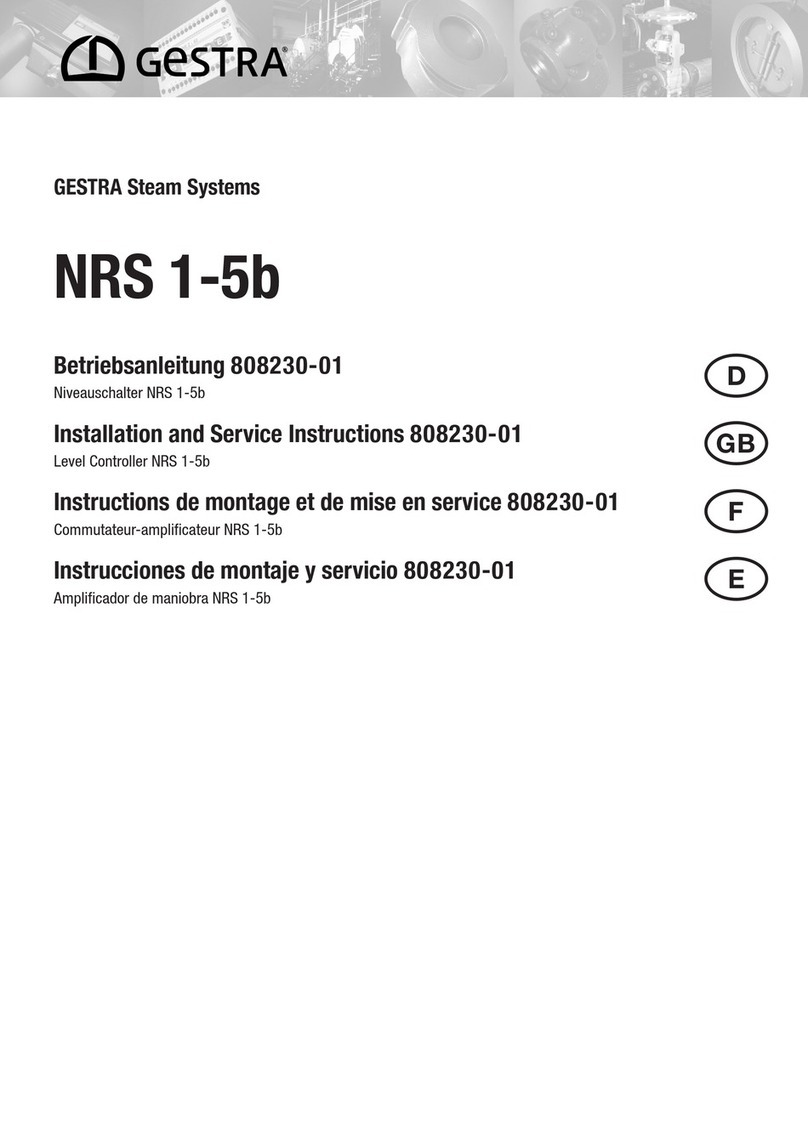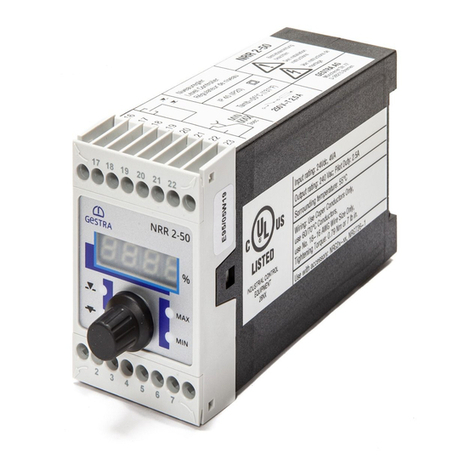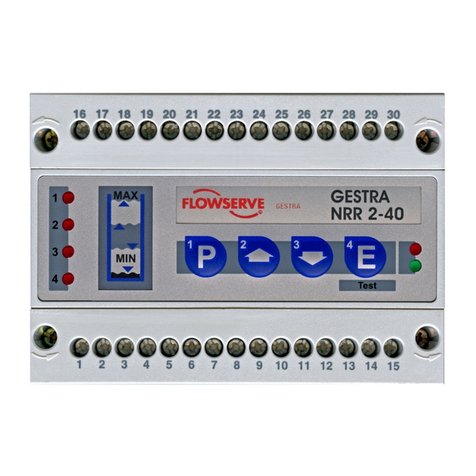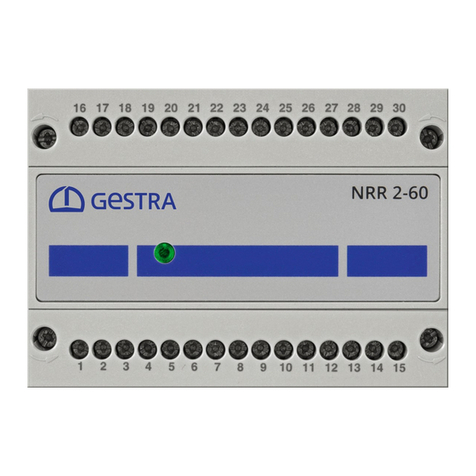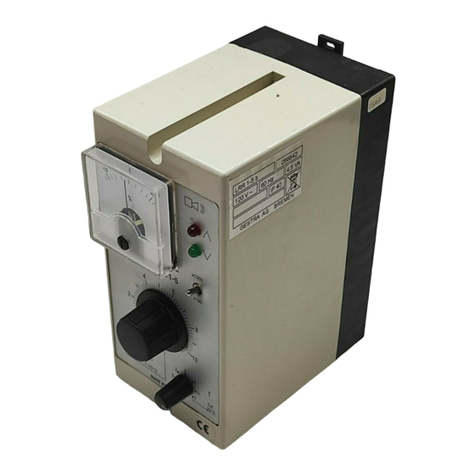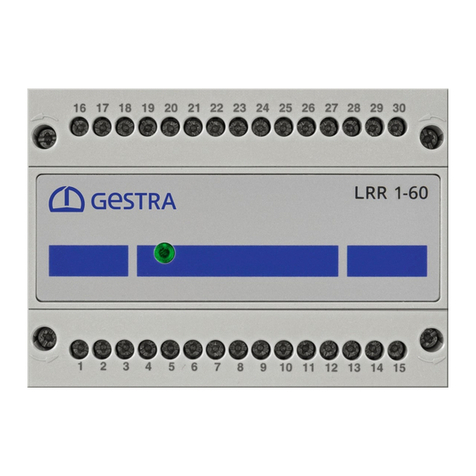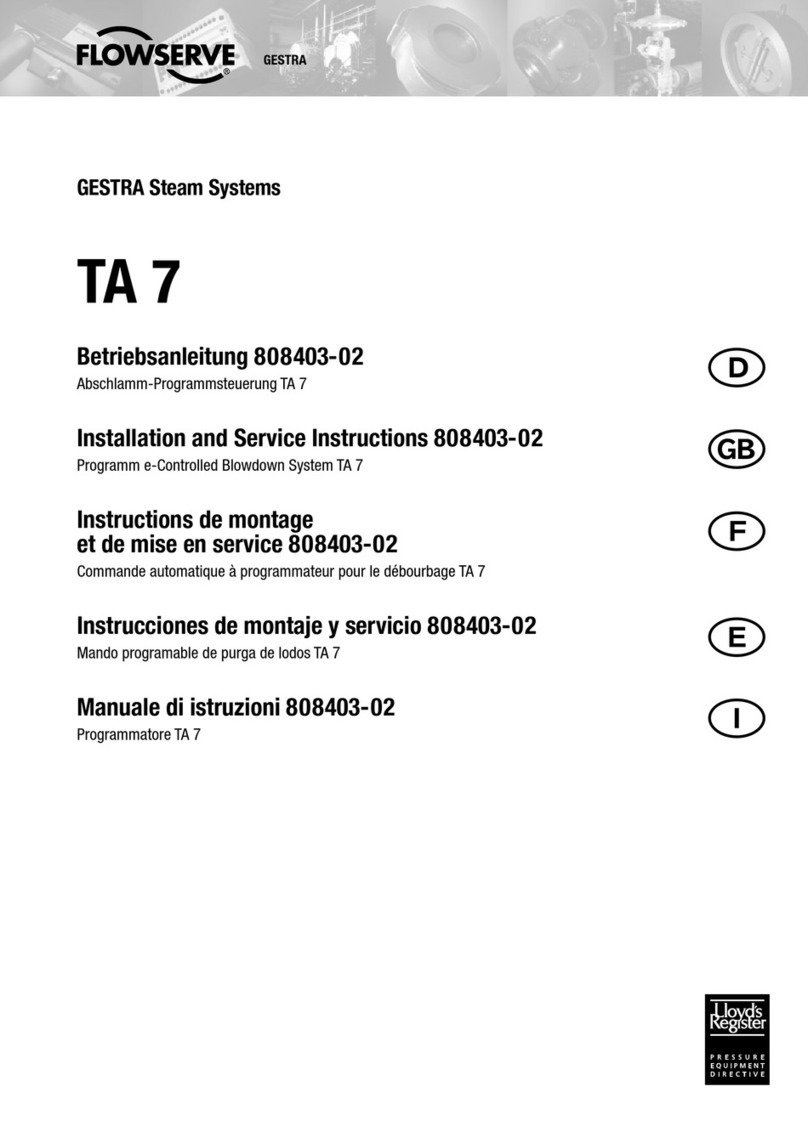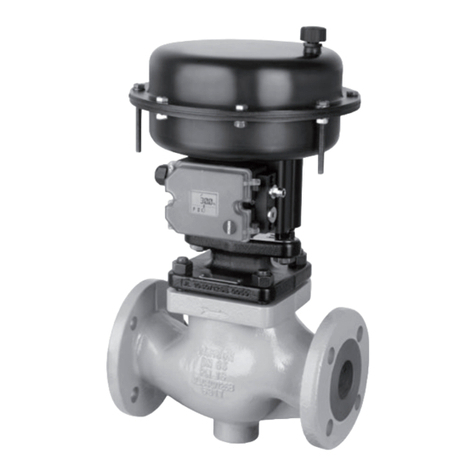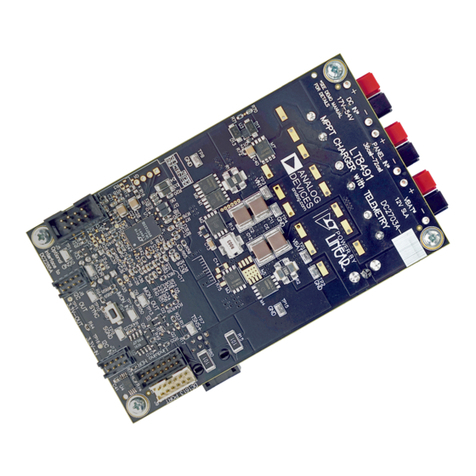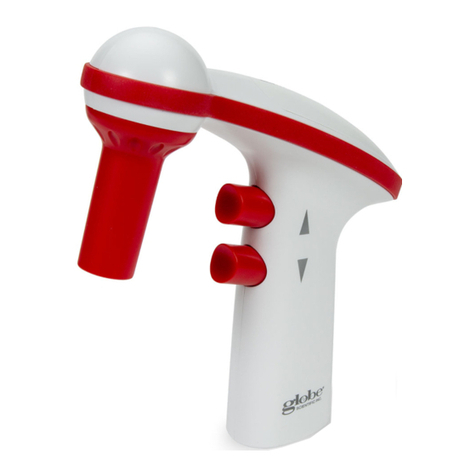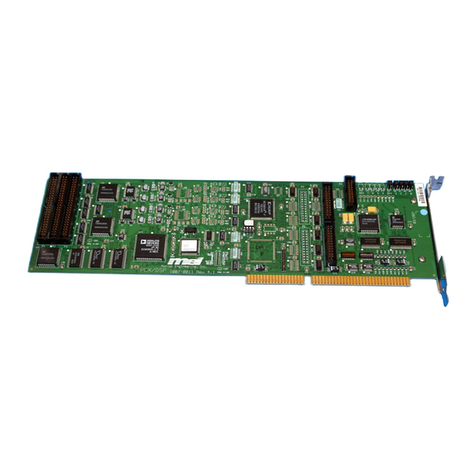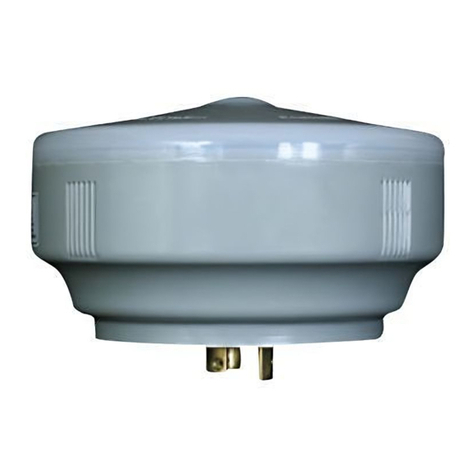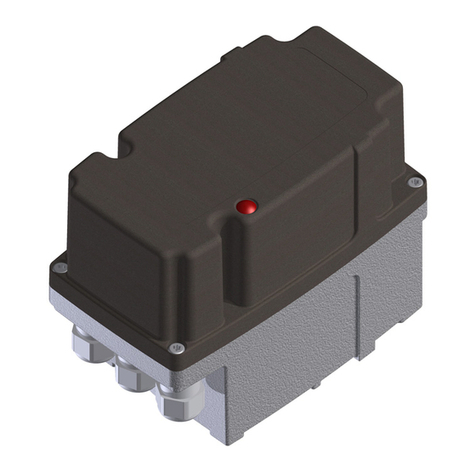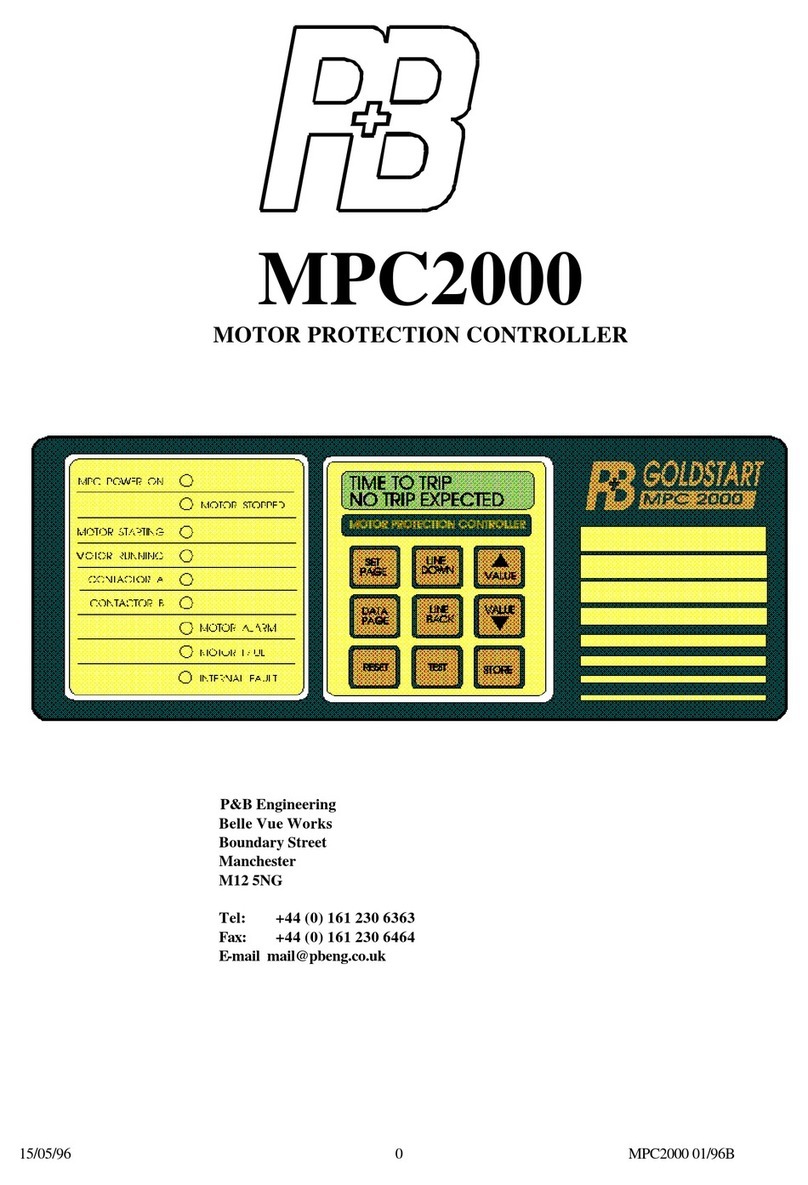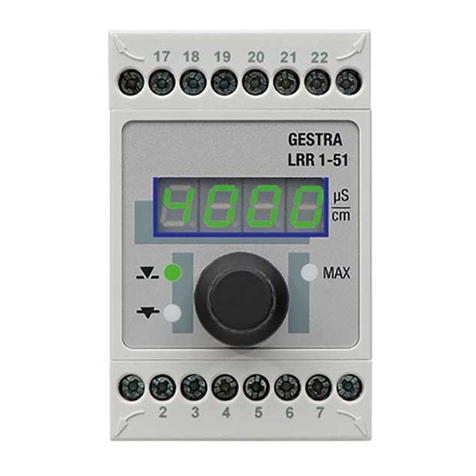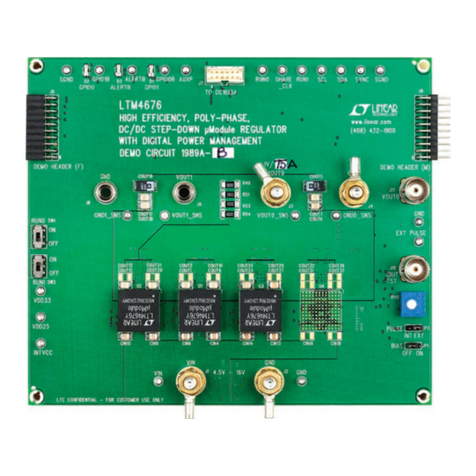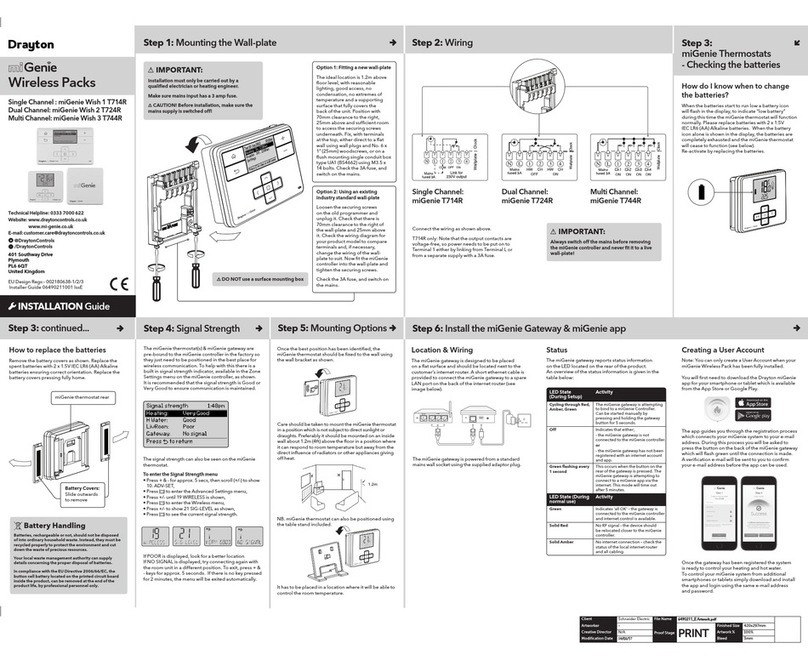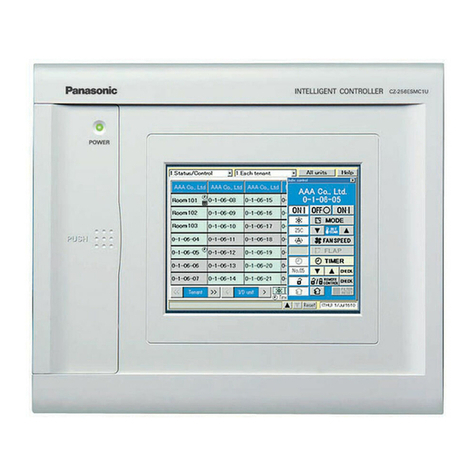4
Important notes
Usage for the intended purpose
The conductivity controller LRR 1-50, LRR 1-51 in conjunction with conductivity electrodes LRG 1.-..
and conductivity transmitter LRGT 1.-.. is used as conductivity controller and limit switch, for instance
in steam boilers, (pressurized) hot-water installations as well as condensate and feedwater tanks. The
conductivity controller indicates when the MAX conductivity limit is reached and opens or closes a
continuous blowdown valve.
The conductivity controllers are designed for use with conductivity electrodes and transmitters in the
following equipment combinations: Conductivity controller LRR 1-50 together with conductivity electro-
des LRG 12-2, LRG 16-4, LRG 16-9, LRG 17-1 and LRG 19-1; Conductivity controller LRR 1-51 together
with conductivity transmitters LRGT 16-1, LRGT 16-2 and LRGT 17-1.
Continuous boiler blowdown (top blowdown)
As the boiler water evaporates, the concentration of non-volatile dissolved solids (TDS) left behind in
the boiler increases over time as a function of steam consumption. If the TDS (= total dissolved solids)
concentration exceeds the limit defined by the boiler manufacturer, foaming and priming occurs as
the density of the boiler water increases, resulting in a carry-over of solids with vapour into steam
lines and superheaters. As a consequence, the operational safety is impaired and severe damage to
boiler and tubes may occur. To keep the TDS concentration within admissible limits, a certain por-
tion of boiler water must be removed continuously or periodically (by means of a blowdown valve)
and fresh make-up water must be added to the boiler feed to compensate for the water lost through
blowdown. Electrical conductivity - here as a result of the TDS content of boiler water - is measured in
microSiemens/cm (μS/cm). However, in some countries ppm (parts per million) is used for conductivity
readings. Conversion: 1µS/cm = 0.5 ppm.
Operating position of the continuous blowdown valve
Continuous blowdown (also known as top blowdown) is the process where boiler water is removed
from the water's surface in order to reduce the concentration of dissolved solids. As the name implies,
continuous or top blowdown is done on a continuous basis, which means that the blowdown valve
remains in a slightly open position (valve position “OPERATING”) in order to allow the required amount
of boiler water to be discharged. For close control and accurate regulation this operating position must
be adjusted in the continuous blowdown valve. The amount of boiler blowdown can be determined by
using the capacity charts for the valve.
Switching hysteresis
The controller works as 2-position controller, which means that the continuous blowdown valve is
motored into the OPEN position when the setpoint is reached. The conductivity must then decrease
until a new value that is lower than the setpoint minus the adjusted hysteresis HySt is reached. Once
this value is reached the valve will be motored into the operating position.
Temperature compensation
The electrical conductivity changes as the temperature falls or rises. To obtain meaningful readings it is
therefore necessary that the measurements are based on the reference temperature of 25 °C and that
the measured conductivity values are corrected by the temperature coefficient factor tC.
Cell constant and correction factor
The cell constant is a geometric quantity characteristic of the conductivity electrode and is taken into
account when calculating the conductivity. However, in the course of time this constant may chance,
e. g. due to dirt deposits accumulated on the measuring electrode. Deviations can be compensated by
changing the correction factor CF.
Glossary




















